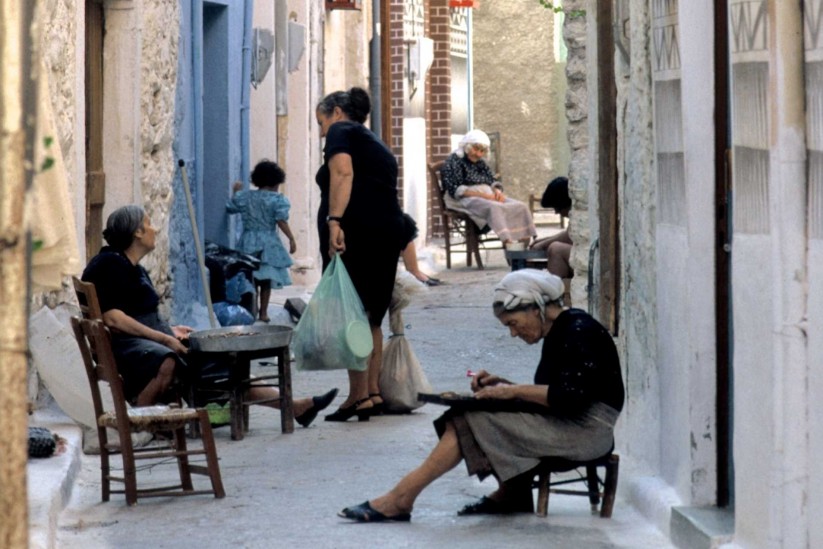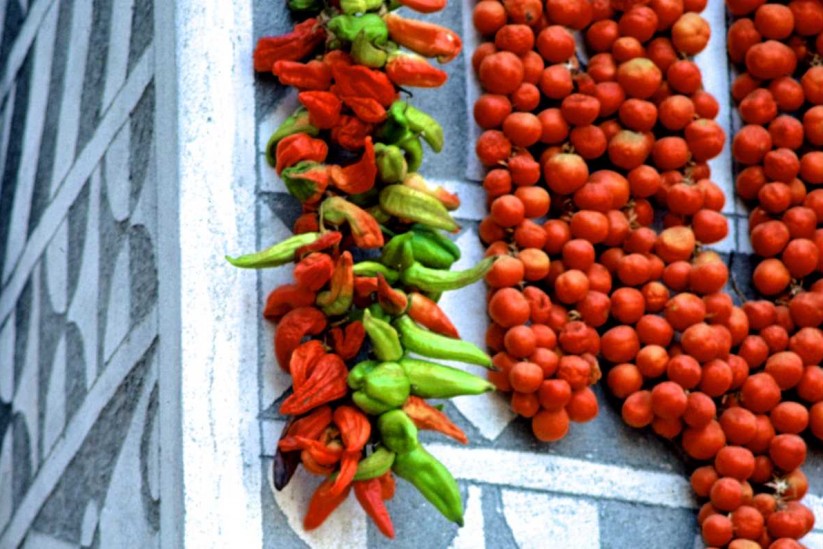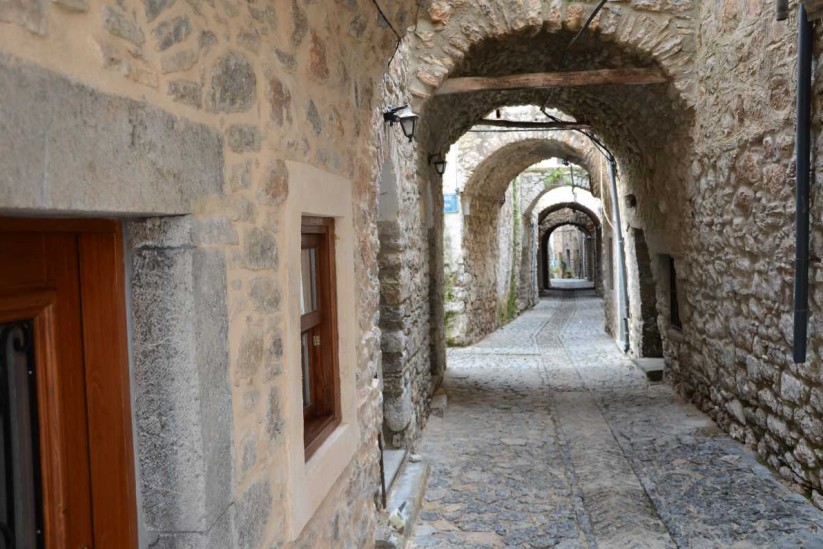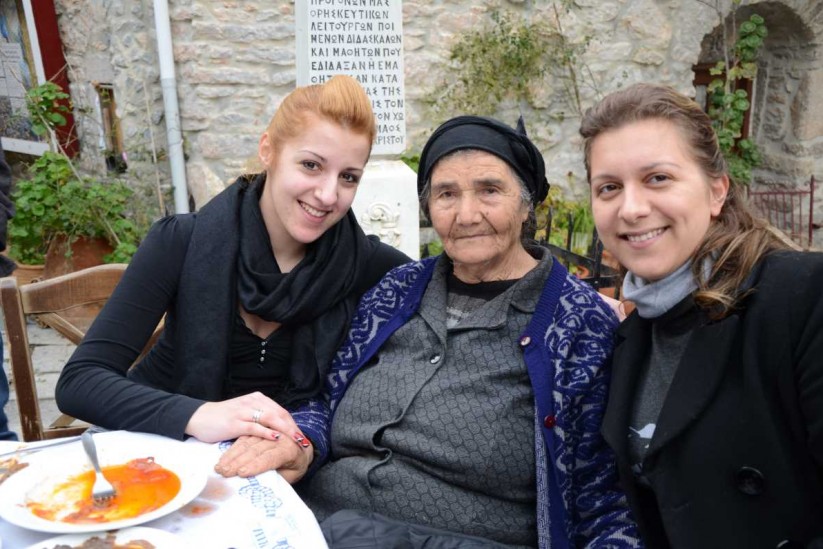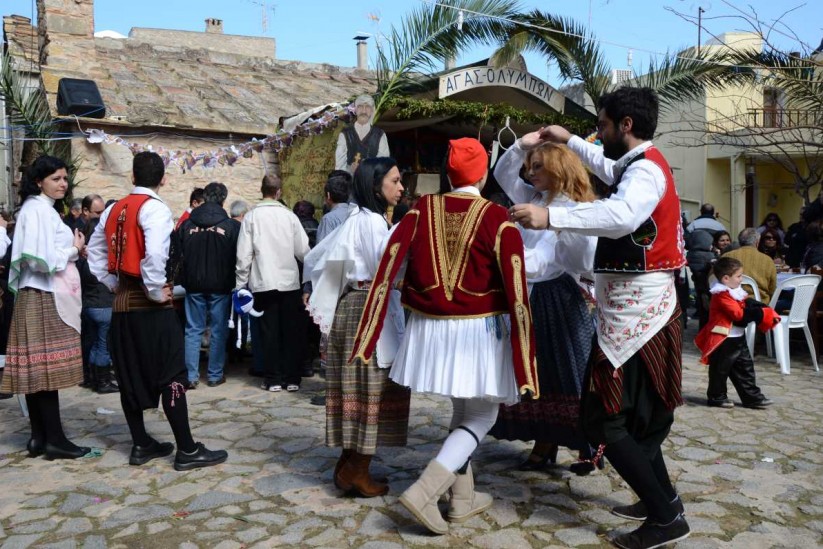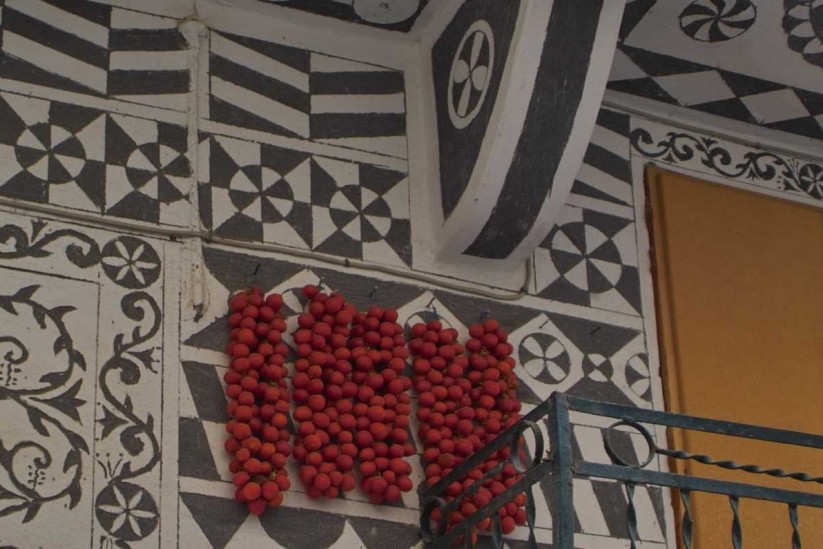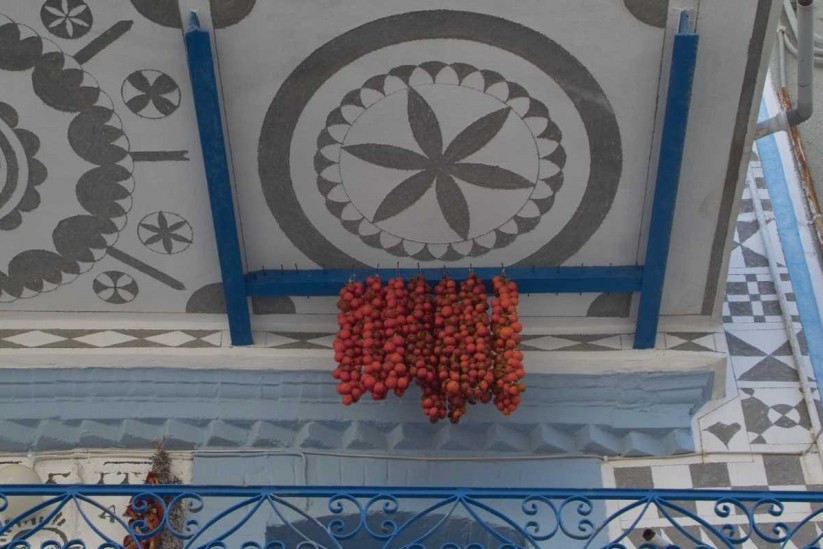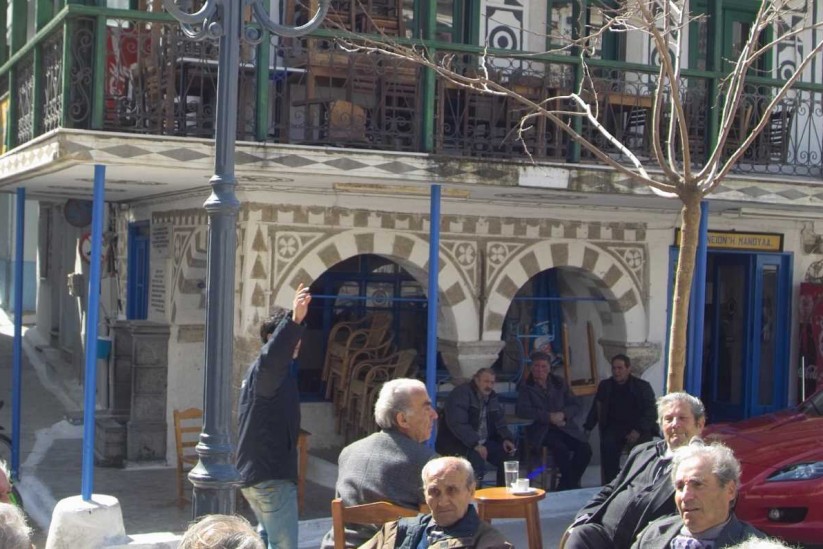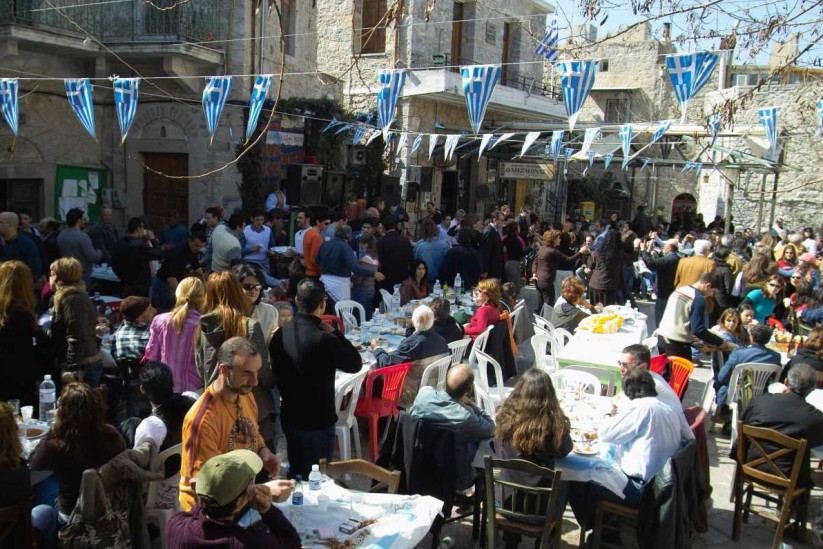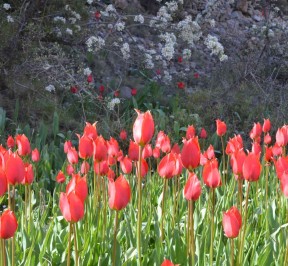Mastiha Villages (Mastihohoria)
The Mastihohoria or Mastiha Villages were already in existence during the Byzantine period but took the form that we see today when they were under the domination of the Genoese (1346-1566), who encouraged the systematic cultivation of mastic. Despite the ravages of time and the disasters they have suffered over the centuries they continue to be remarkable monuments of the island's cultural heritage.
Genoa's aim in strengthening these villages was rooted in their desire to exploit the valuable mastiha crop to the fullest. Pirate raids were the scourge of the Aegean in those late medieval times, so the settlements were built out of sight from the sea and to protect the inhabitants still further, they were surrounded by stout fortification walls. All the villages possess common features such as a closed four-sided shape, with the outer houses forming a defensive wall and the interior accessible only by massive gates that used to be locked. The street layout was intentionally labyrinthine to confuse intruders.
According to some historians, Christopher columbus was the descendant of a Genoese family from Pyrgi, others have proved that he was stationed in Chios before he set off across the Atlantic. In any case, he did live in Chios, and indeed in Pyrgi, for a time, and the locals will point out his house with pride. It seems he also persuaded several Greek sailors to accompany him on his journey in search of the Indies. In any case, the name Columbus is etched onto the lintels above many houses in Pyrgi - a priest by that name traces the origins of his family back 600 years, while Christopher Columbus himself wrote in a letter to the Queen of Spain about mastic. There are even some scholars who maintain that one motive for his world-changing voyage was to discover another source of this valuable product.
When the Ottomans seized the island in 1566, they considered the Mastiha Villages so important that they ceded them special privileges. They even granted them extraordinary status with administrative autonomy answerable directly to the Sublime Porte, under the protection of the Valide Sultana (the Sultan's mother).
In the centuries that followed mastic was a highly prized commodity, especially as a breath sweetener, from East to West. The Sultan's harem all chewed mastiha but so did the courtiers at Versailles, while the followers of Islam acquired a particular taste for it as a flavoring for their breads and to give a refreshing taste to water. It has since become embedded in Muslim culture - the Arab World is still the biggest market for mastiha and constitutes a major source of income for the Mastiha Villages, even with all the current wars and strife.
Today, mastic is produced by 24 of the mastiha villages of southern Chios, which have been designedated as 'traditional' or 'listed' settlements by the Ministry of Culture. The most well known are Armolia, Thymiana, Kalamoti, kalimasia, Mesta, Olympia and Pyrgi.
Contact
- AddressMastiha Villages (Armolia, Thymiana, Kalamoti, Kallimasia, Mesta, Olympi and Pyrgi), Chios
- CategorySights
- LeaseChios

